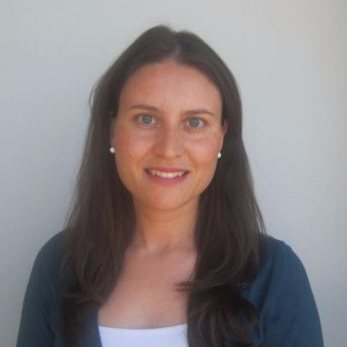Recent Progress of Constructed Wetland for Wastewater Treatment
A special issue of Water (ISSN 2073-4441). This special issue belongs to the section "Wastewater Treatment and Reuse".
Deadline for manuscript submissions: closed (30 September 2019) | Viewed by 21038
Special Issue Editors
Interests: environmental biotechnology; biodegradation; wastewater treatment; phytotechnologies for water and soil; bioinoculation; ecosystem services
2. Institute of Science and Environment, University of St. Joseph, Rua de Londres 106, Macao 999078, China
Interests: water and wastewater treatment; environmental biotechnology; environmental engineering; phytomanagement; bioremediation; phytoremediation; nature-based solutions; freshwater ecosystem conservation and restoration; education for sustainability
Special Issues, Collections and Topics in MDPI journals
Special Issue Information
Dear Colleagues,
We would like to invite you to contribute to an important Special Issue of Water focused on the advances in knowledge related to wastewater treatment with constructed wetlands.
Constructed wetlands have long been seen as a technology for wastewater treatment but their role in the ecosystems and water management far exceed the enhancement of water quality they provide. A range of other ecosystem services come along with the technology that integrates green and blue infrastructures strategies. The state of pollution of water bodies and the rate of exploitation of natural resources cannot be ignored, and the use of friendly systems for wastewater treatment, such as constructed wetlands, helps facing these issues. The extreme climate events occurring in many parts of the globe demand for rethinking of the water management as a challenge for sustainability. Economically feasible and ecologically conceived nature-based solutions are still on demand as integrated and holistic approaches.
Innovative research papers in this Special Issue are encouraged under the topics of i) water treatment by constructed wetlands as climate change adaption contribution, ii) solutions for water reuse and recycling, iii) multifunctional constructed wetlands, iv) removal of emergent contaminants, and v) latest trends on the extension for constructed wetlands as the basis for other nature-based solutions.
Prof. Dr. Paula Maria Lima Castro
Dr. Cristina Sousa Coutinho Calheiros
Guest Editors
Manuscript Submission Information
Manuscripts should be submitted online at www.mdpi.com by registering and logging in to this website. Once you are registered, click here to go to the submission form. Manuscripts can be submitted until the deadline. All submissions that pass pre-check are peer-reviewed. Accepted papers will be published continuously in the journal (as soon as accepted) and will be listed together on the special issue website. Research articles, review articles as well as short communications are invited. For planned papers, a title and short abstract (about 100 words) can be sent to the Editorial Office for announcement on this website.
Submitted manuscripts should not have been published previously, nor be under consideration for publication elsewhere (except conference proceedings papers). All manuscripts are thoroughly refereed through a single-blind peer-review process. A guide for authors and other relevant information for submission of manuscripts is available on the Instructions for Authors page. Water is an international peer-reviewed open access semimonthly journal published by MDPI.
Please visit the Instructions for Authors page before submitting a manuscript. The Article Processing Charge (APC) for publication in this open access journal is 2600 CHF (Swiss Francs). Submitted papers should be well formatted and use good English. Authors may use MDPI's English editing service prior to publication or during author revisions.
Keywords
- pollution
- climate change
- phytoremediation
- constructed wetlands
- water management
- water quality
- ecosystem services






